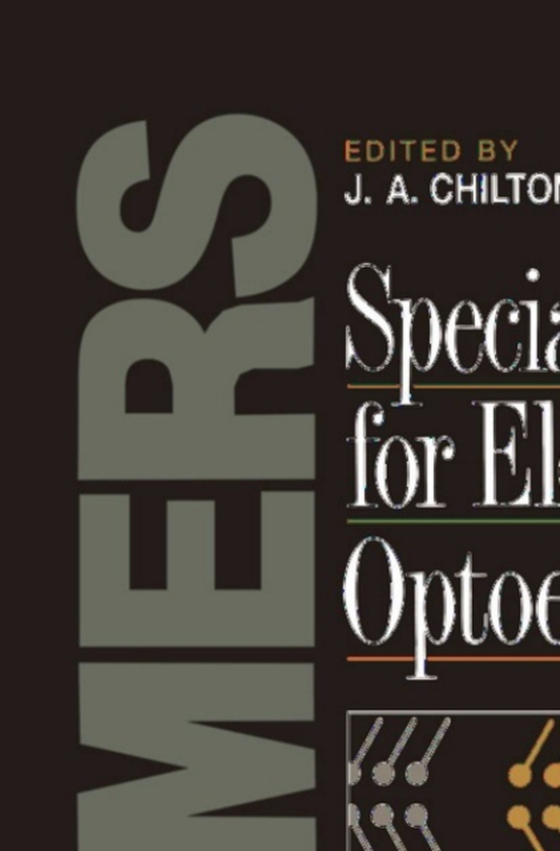
Special Polymers for Electronics and Optoelectronics e-bog
1240,73 DKK
(inkl. moms 1550,91 DKK)
Commercially successful fully synthetic polymeric materials were pro- duced in the early years of this century, the first example being Bakelite. This was made from phenol and formaldehyde by Leo Bakeland in 1909. Before the end of the 1920s, a large number of other synthetic polymers had been created, including polyvinyl chloride and urea-formaldehyde. Today, there are literally hundreds of sy...
E-bog
1240,73 DKK
Forlag
Springer
Udgivet
6 december 2012
Genrer
TGMM
Sprog
English
Format
pdf
Beskyttelse
LCP
ISBN
9789401105699
Commercially successful fully synthetic polymeric materials were pro- duced in the early years of this century, the first example being Bakelite. This was made from phenol and formaldehyde by Leo Bakeland in 1909. Before the end of the 1920s, a large number of other synthetic polymers had been created, including polyvinyl chloride and urea-formaldehyde. Today, there are literally hundreds of synthetic polymers commercially available with ranges of properties making them suitable for applications in many industrial sectors, including the electrical and electronics industries. In many instances the driving force behind the development of new materials actually came from the electronics industry, and today's advanced electronics would be inconceivable without these materials. For many years polymers have been widely used in all sectors of the electronics industry. From the early days of the semiconductor industry to the current state of the art, polymers have provided the enabling technologies that have fuelled the inexorable and rapid development of advanced electronic and optoelectronic devices.
 Dansk
Dansk

